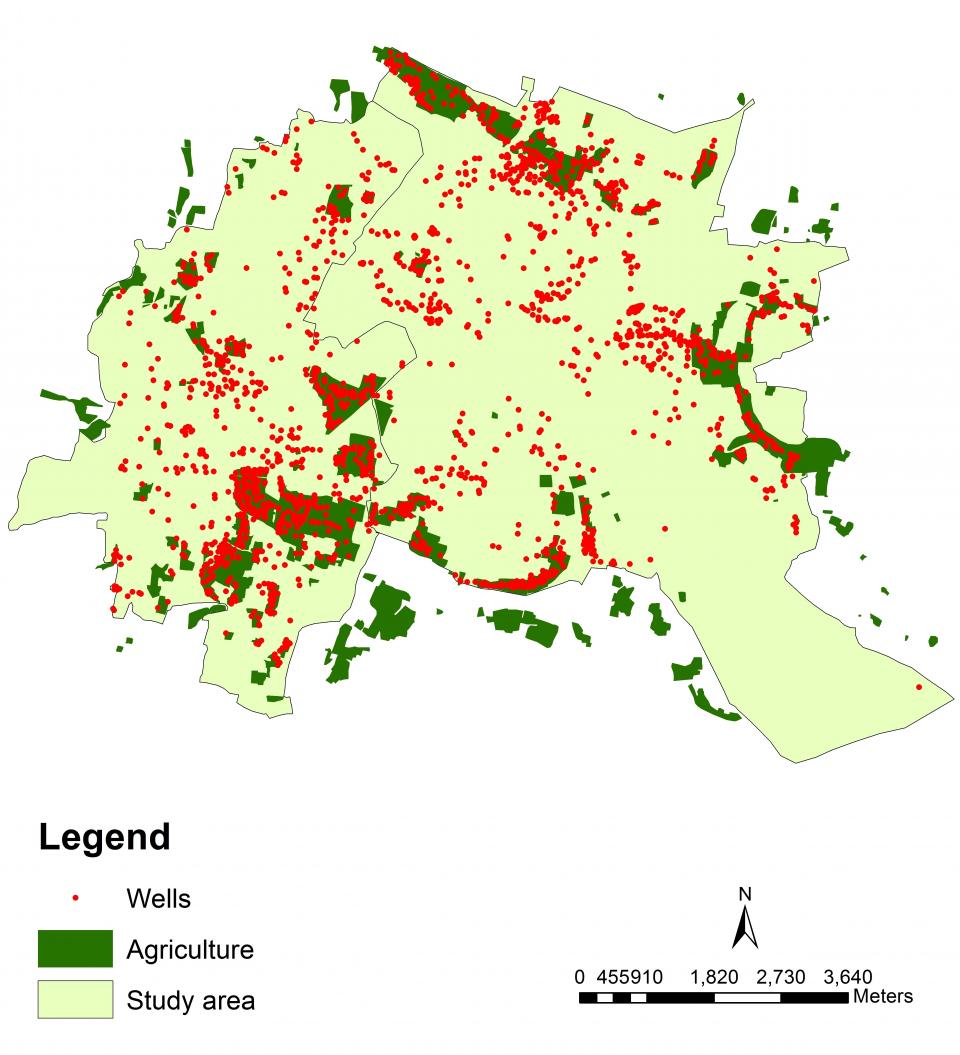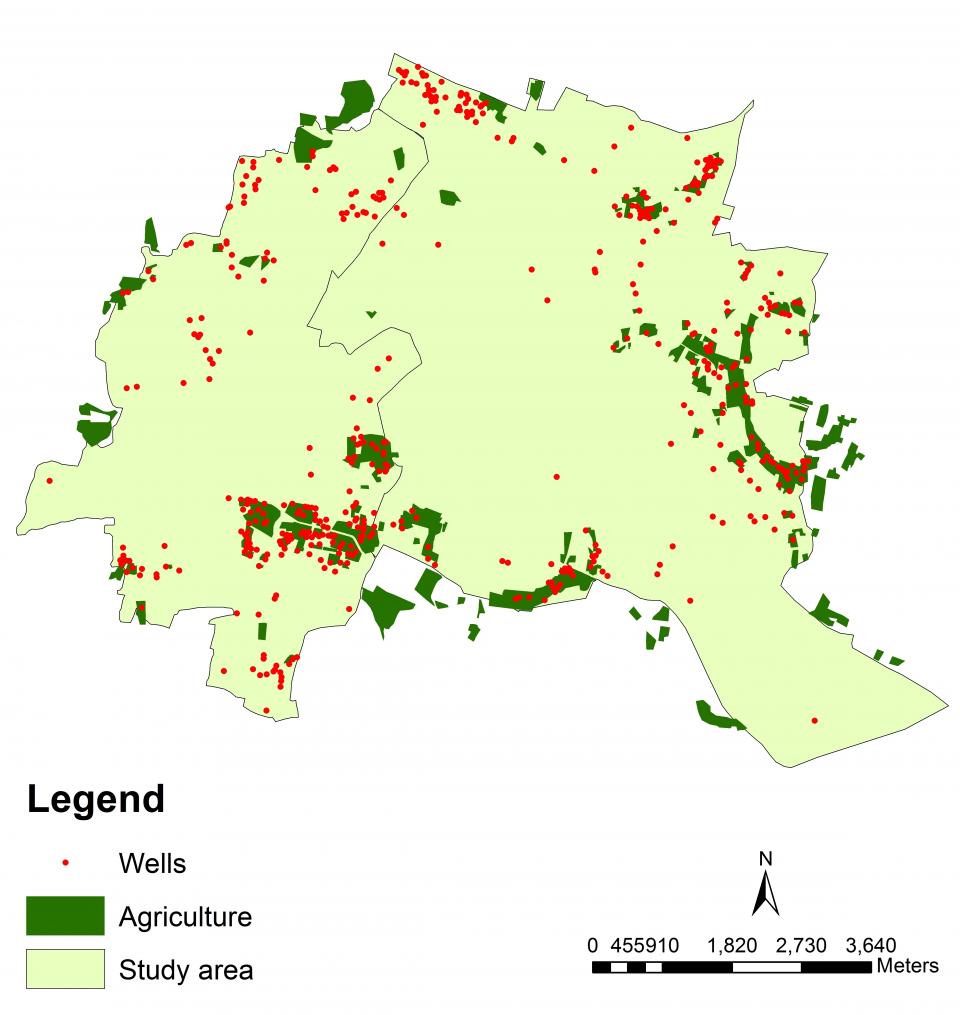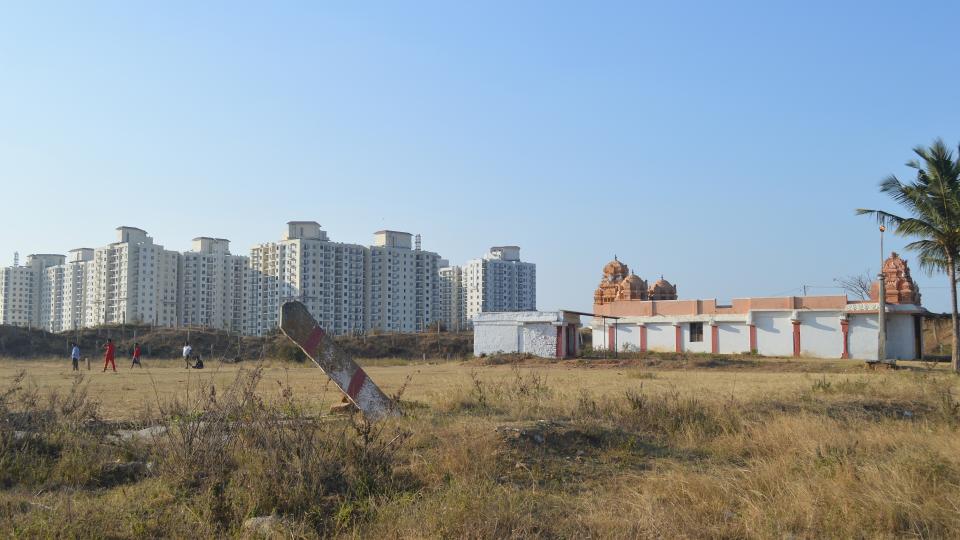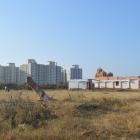Large-scale urbanization is particularly evident in the developing Global South—for example, in cities such as Bangalore, famous internationally as a location for offshored technology jobs. The capital of the South Indian state of Karnataka, Bangalore has a long history of settlement. Located in the semi-arid rain shadow of a mountain chain, Bangalore is distant from large rivers and other sources of perennial water. For millennia, Bangalore relied on rainwater harvested in tanks or lakes, and on recharged groundwater accessed via open wells. In a set of four Arcadia articles, we will discuss how Bangalore’s relationship with water has altered over centuries of urban growth. This fragmentation of a once intimate social-ecological connection to water is not unique to Bangalore, and is encountered in many cities across the world.

Bangalore in 2010
Bangalore in 2010
Photograph by George Ruiz. Click here to view Flickr source.
 This work is licensed under a Creative Commons Attribution 2.0 Generic License.
This work is licensed under a Creative Commons Attribution 2.0 Generic License.
Open wells are man-made stone structures, accessed by spiraling stone steps and tapping into shallow aquifers recharged by lakes. They were typically constructed in close proximity to lakes, accessed by different caste groups. Well water was extracted using pulleys, requiring substantial manual labor, and used primarily for drinking and domestic purposes, and some agriculture. These wells were once a critical component of Bangalore’s waterscape, especially during the summer when many seasonal lakes would dry up—older parts of the city had nearly 2,000 wells in the 1880s. Since then, however, they have seen dramatic decline.
The easy availability of piped water in the 1890s caused many wells to fall into disuse. They were later contaminated by waste and became sources of infection. In 1896, during an outbreak of cholera, British administrative records noted a large number of contaminated open wells in Bangalore: public wells, wells within native homes, and wells maintained by cattle owners. A new administrative position of Water Inspector was created, whose task was to inspect wells for infection, close infected public wells, and clean up wells where possible with chemical treatment. In 1898, the situation of wells worsened further during an outbreak of plague. Some families threw plague-ridden corpses into wells, to avoid identification and forcible repatriation to quarantine centers. The closure of wells became widespread at this time.
By 1935, Bangalore had expanded substantially, and agriculture within the city had declined. The number of wells had dropped from 1,960 in 1885, to just 490 in 1935. Reflective of larger trends of urbanization, cultivated areas were concentrated at the periphery of the native city and the Cantonment (the two jurisdictional divisions of colonial Bangalore), with wells mostly located close to areas of cultivation. By 1973, only 149 wells were recorded, largely at the periphery of the city where urban pressures were lower, and agricultural practices still extant. Wells were still important sources of water but only when associated with a use such as agriculture that was water intensive, and whose needs could not be met by piped water supply.
In 2014, during an extensive field survey, we visited the locations of all open wells recorded in the maps of 1973, and were only able to trace 49 extant wells. Most were in a neglected or degraded condition, often used as waste dumps. In striking historical continuity, the few wells still in use supply those whose livelihoods entail intensive requirements for water, such as dhobies (launderers) or cultivators of horticultural orchards. Wells are also used by low-income homes in informal settlements, where piped water supply is either scarce or of poor quality. A few wells have also survived near sacred spaces such as temples, because water is also considered sacred to many communities. One such well, with a beautiful ornate structure of stone steps leading down to the base, is located in one of Bangalore’s earliest settlements, Begur, which has a recorded history based on stone inscriptions that goes back to 890 CE.
Bangalore now faces challenges of depleting water supply. In addition to sourcing water from the distant Cauvery River, the city has also tapped into deeper reserves of groundwater by means of bore wells (tube wells)—drilled deep into underground aquifers to pump out stored reserves of groundwater. Here, the rates of recharge are much slower than those of extraction. Today, bore wells run dry even at depths of 1,000 m, while many of the few remaining open wells contain potable water that meets community needs. In one low-income settlement, we tracked a well that was neglected after the community received piped water. Unable to pay the water bills, the community later lost its water supply—and then came together to clean and revive the well. Across the city, we found elderly residents who shared stories of kings who built wells, of wells whose waters ran deep and sweet, and of majestic wells with 24 pulleys, which have now disappeared. These narratives of nostalgia reveal a different vision of a city where water was more available to the poor (though access was by no means egalitarian, as it was mediated by caste and gender hierarchies). Fortunately, organizations such as BIOME Environmental Trust, recognizing this, now work with diverse groups across Bangalore to restore the culture of the open well. Wells are important for resilience: of the city and especially of its most marginalized residents. Bangalore needs to learn from its water history and to revive its lost culture of well use.
How to cite
Unnikrishnan, Hita, and Harini Nagendra. “From Pulley to Pipe: The Decline of the Wells of Bangalore.” Environment & Society Portal, Arcadia (Spring 2018), no. 5. Rachel Carson Center for Environment and Society. doi.org/10.5282/rcc/8219.
ISSN 2199-3408
Environment & Society Portal, Arcadia
 This work is licensed under a Creative Commons Attribution 4.0 International License.
This work is licensed under a Creative Commons Attribution 4.0 International License.
2018 Hita Unnikrishnan and Harini Nagendra
This refers only to the text and does not include any image rights.
Please click on an image to view its individual rights status.
- Nagendra, Harini. Nature in the City: Bengaluru in the Past, Present, and Future. Delhi: Oxford University Press, 2016.
- Unnikrishnan, Hita, and Harini Nagendra, "Open Wells and Urban Resilience." The Nature of Cities, 2 July 2015. https://www.thenatureofcities.com/2015/07/02/open-wells-and-urban-resilience/.












